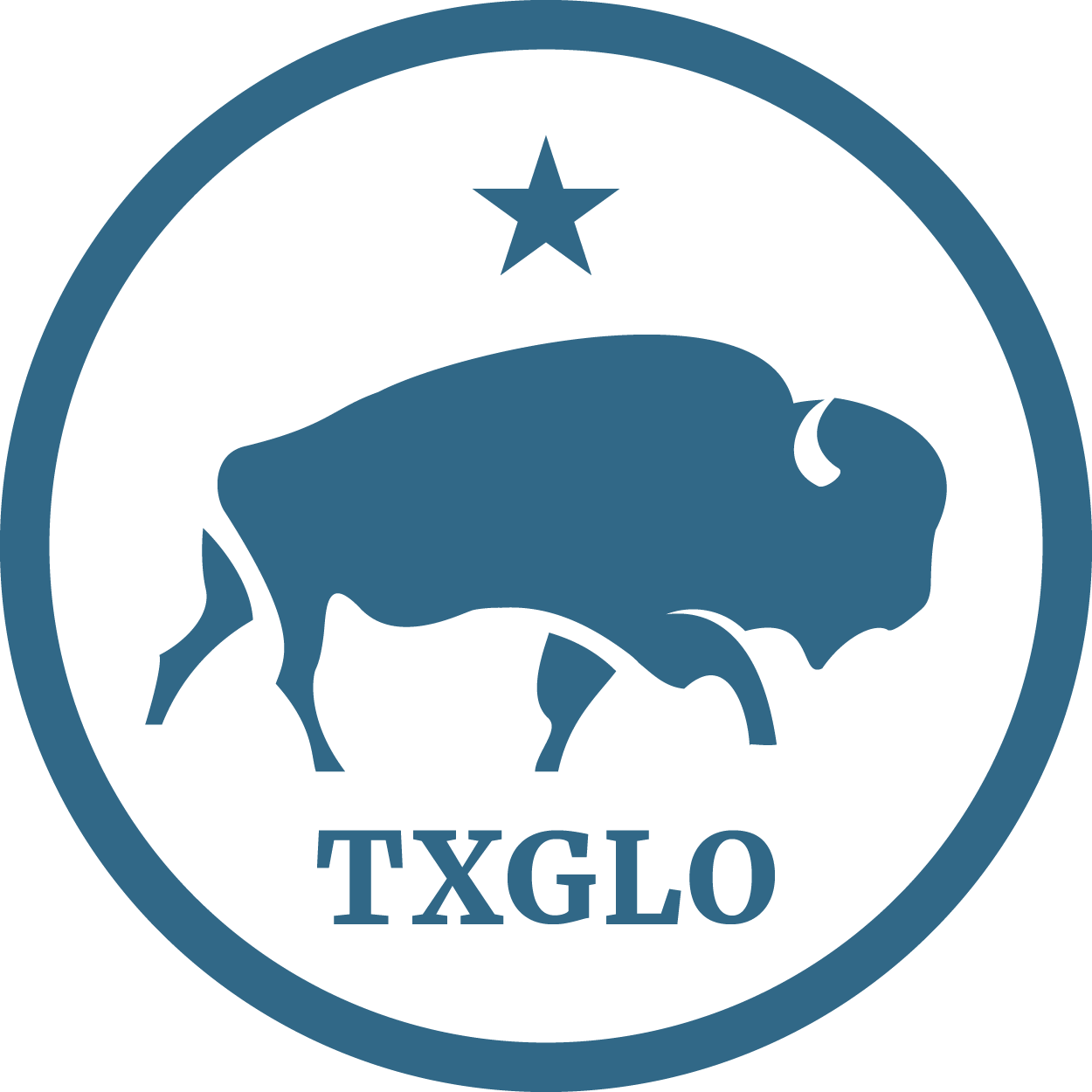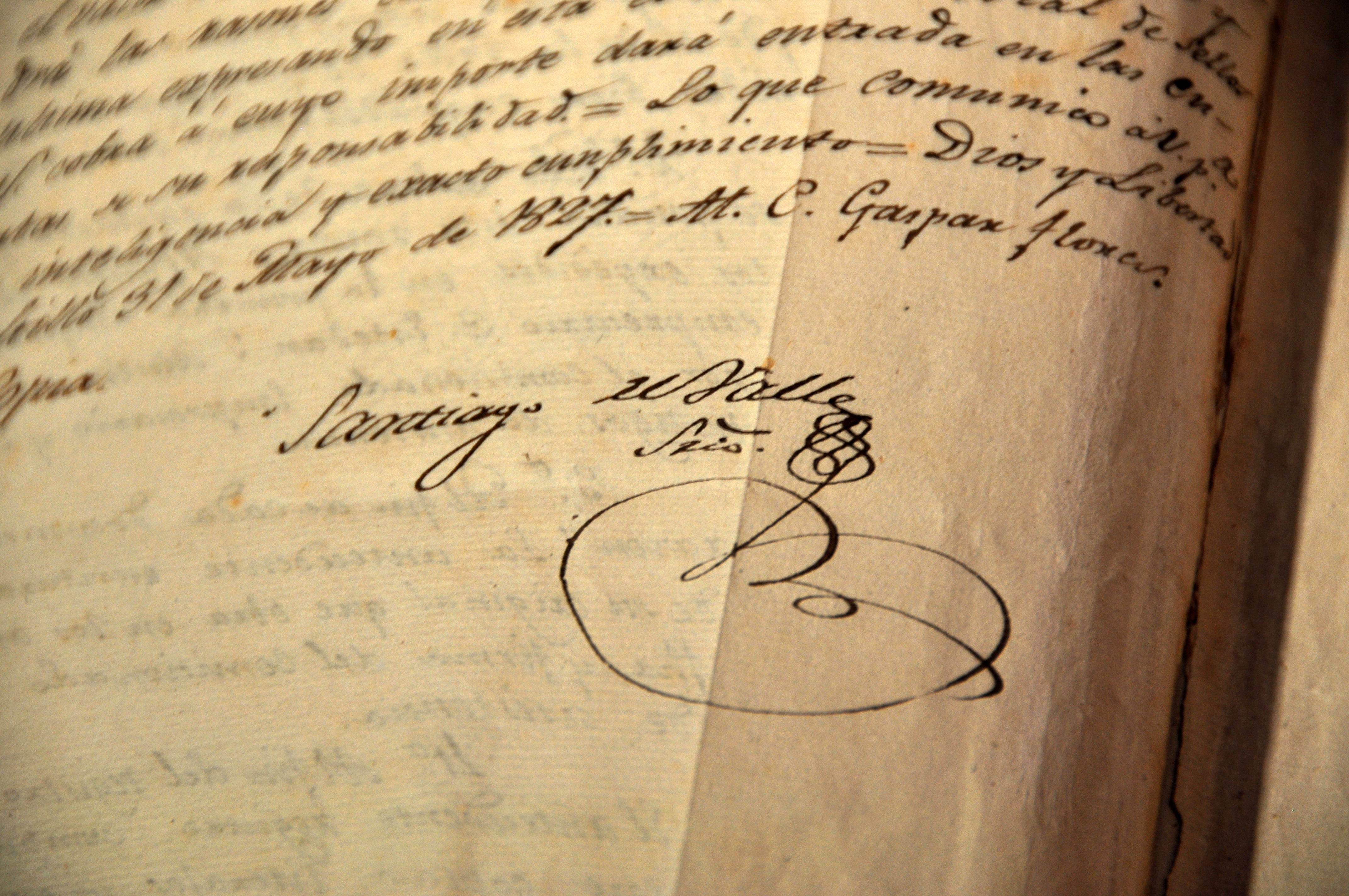On two separate occasions the Texas Legislature gave relief to some land owners affected by drought conditions. The Revaluation Acts of 1925 and 1937 had the affect of renegotiating the terms of sale for lands that were worth significantly less then originally sold for because of drought conditions. of the 1930s. The revaluations entries list county, section, acreage, classification, previous sale price, and new valuation price.
On two separate occasions the Texas Legislature gave relief to some land owners affected by drought conditions.
The Revaluation Act of 1925 (later amended with small changes) covered land mostly in west Texas affected by drought. The Act had the affect of renegotiating the terms of sale for lands that were still being paid off by individuals. In most cases, the land was worth much less than originally sold and the state confiscated the land, in most cases forfeited for non-payment, reappraised the land and resold the land for much less. Former land owners were allowed 90 days priority for repurchase.
The Revaluation Act of 1937 covered land originally sold by the state to fund the construction of the 1881 Capitol building. The Act had the affect of renegotiating the terms of sale for lands that were still being paid off by individuals. In all cases, the land was worth much less than originally sold and the state confiscated the land, in most cases forfeited for non-payment, reappraised the land and resold the land for much less. Former land owners not in default were allowed 90 days priority for repurchase and the principal already paid on the land could go toward repurchase.
Original Revaluation Act of 1925 - (Acts 1925, 39th R.S.,ch. 94, General Laws of Texas)
As amended in 1926 - (Acts 1926, 39th 1st C.S.,ch. 25, General Laws of Texas)
Revaluation Act of 1937 - (Acts 1937, 45th R.S.,ch. 332, General Laws of Texas)
The 8 document boxes of land revaluations primarily in west Texas are unbound sections of what was once several bound volumes. Each section contains correspondence from the land owner to the GLO attached to a spreadsheet showing the revaluation of property.
Notations made later denote whether the land was sold and paid for.
Each entry contains the following information:
1. Applicant
2. Address
3. Section
4. Block/Township
5. Class (all Public School)
6. County
7. Acreage
8. Forfeited Price
9. New Price (with interest rate)
The volume of revaluations of Capitol Syndicate Lands covers Dallam and Hartley counties. The revaluations are organized by county and section.
Each entry contains the following information:
1. County
2. Section
3. Acreage
4. Classification
5. Previous sale price
6. New valuation price
7. Condition of land
The Capitol Syndicate revaluations volume is arranged by County, then by section. The land revaluations primarily in west Texas are arranged by County, then alphabetically by applicant.
Land Revaluations Collection (LGR.RF). Archives and Records Program, Texas General Land Office, Austin.
Unrestricted access.
Most records created by Texas state agencies are not copyrighted and may be freely used in any way. State records also include materials received by, not created by, state agencies. Copyright remains with the creator. The researcher is responsible for complying with U.S. Copyright Law (Title 17 U.S.C.).








